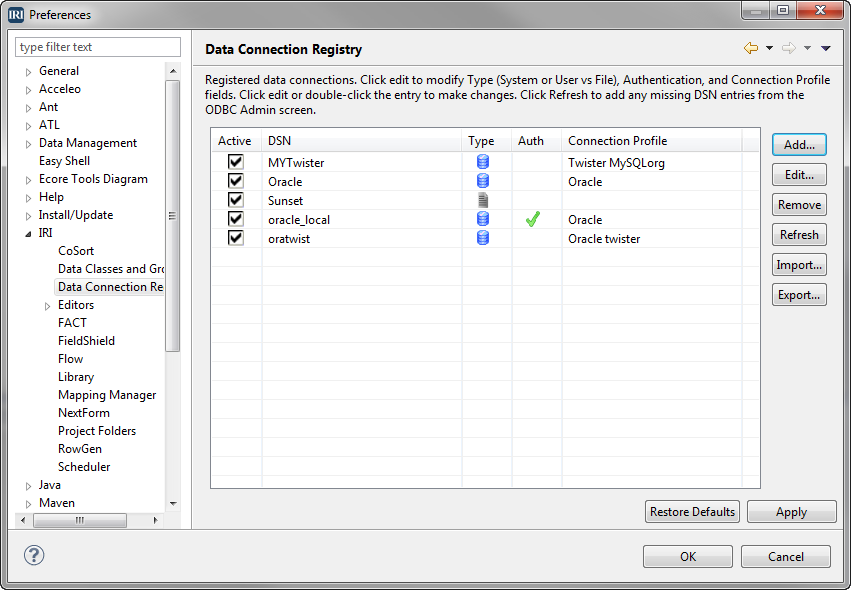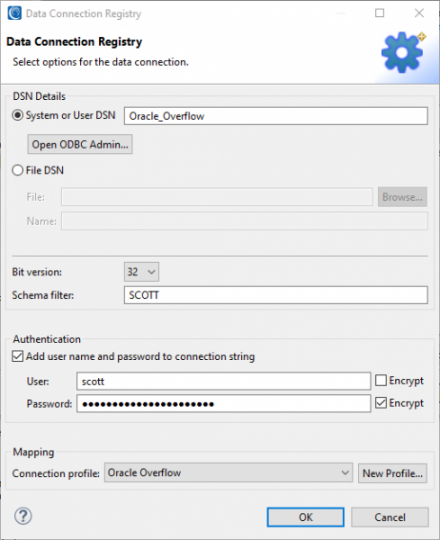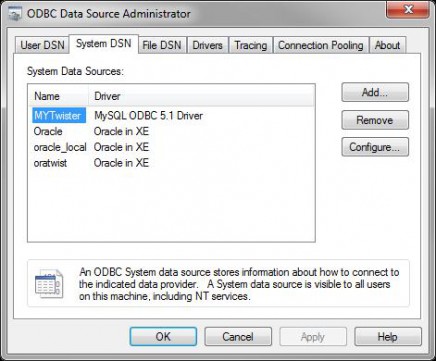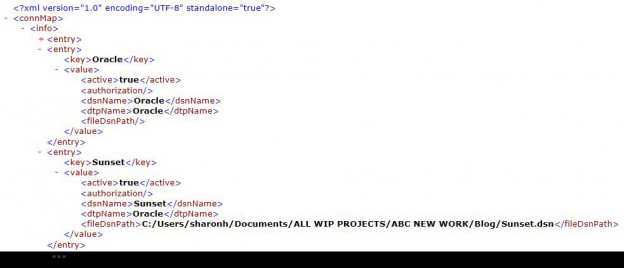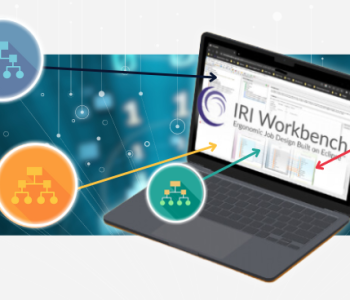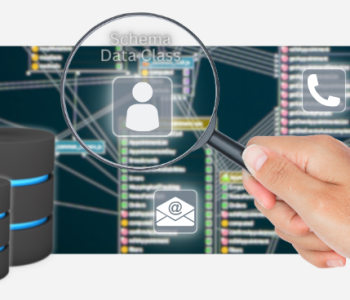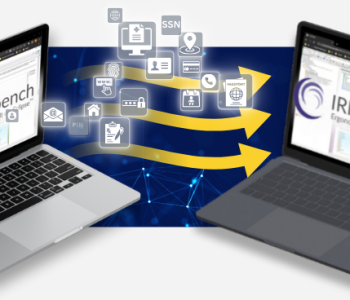
Using the IRI Workbench Data Connection Registry
Abstract: This is another IRI Workbench tutorial article on the data integration tools, data discovery tools and data masking tools in the IRI Voracity data management platform which use relational database sources and targets. Specifically, it covers the Data Connection Registry, which IRI FieldShield, NextForm (DB Edition), CoSort, RowGen and/or Ripcurrent product installers use for data connection management.
The Data Connection Registry in IRI Workbench is database connection software for relational databases. Found in the IRI menu of the Preferences section of the GUI, the registry gives you the ability to view, add, remove, and modify your connections one convenient place.
The page displays all your registered connections and specific information about each. You can also import or export the data connection registry.
While the DSN column on the page lists all DSNs listed in ODBC Admin screen under System and User, the Active box shows that those DSNs should be visible in DSN combo boxes in IRI Workbench.
A green check mark displays in the Auth column if you saved, on this preference page, the authentication of any ODBC connection that does not store the user name and password for you.
Referring to the JDBC connection you’ve made in the Data Tools Platform (DTP) plug-in in the Workbench (shown in the Data Source Explorer windows), the Connection Profile column provides the mapping information for the specific data source.
The Add and Edit buttons open the Data Connection Registry dialog to add new connections to the registry, or to modify existing connections:
This dialog provides four options for data connections:
-
- DSN Type – Add a new system or user data source via the ODBC Data Source Administrator, which opens when you click the button in this section. Complete the ODBC Data Source Administrator session to add (and test) a new connection. The new system or user data source is automatically included in the Data Connection Registry.
-
- File DSN – Use the browse option to locate and select a file.dsn. The path and file name display in the File field, and the name of the file.dsn is in the Name field. Note that to create a file DSN connection, you must first create the file which includes the connection information and a .dsn extension. While a system or user DSN is automatically included in the Data Connection Registry, you must add a file DSN because the system cannot automatically locate the file that defines the DSN.
-
- Bit version – Select the bit version to match the driver bit version.
-
- Schema filter – Use the Schema Filter field to filter schema to any ODBC or system DSN. For example, if your schema is SCOTT, only the tables in the SCOTT schema are shown.
-
- Authentication – Add authentication for any ODBC connection by adding the username and password. To encrypt either in the scripts, select the appropriate encrypt checkbox. When a connection has authentication added, a green check mark displays in the Auth column on the Data Connection Registry.
-
- Mapping – To map your specified data source, select a connection profile from the list in the Mapping section. Or, create a new connection profile that contains the connection property information for a data source in your enterprise. Mapping your data connections to the Data Tools Platform (DTP) is required. If the connection is not mapped, you are prompted to do so while using a job wizard.
To remove a connection from the registry list, select that connection, and then click Remove.
To import or export your entire data connection registry in an XML-formatted document, use the corresponding Import and Export buttons on the Data Connection Registry preferences page. The following is a piece of the XML file of the exported data connection registry shown in the screens above.
If you need help with the data connection registry in IRI Workbench, please contact support@iri.com.
